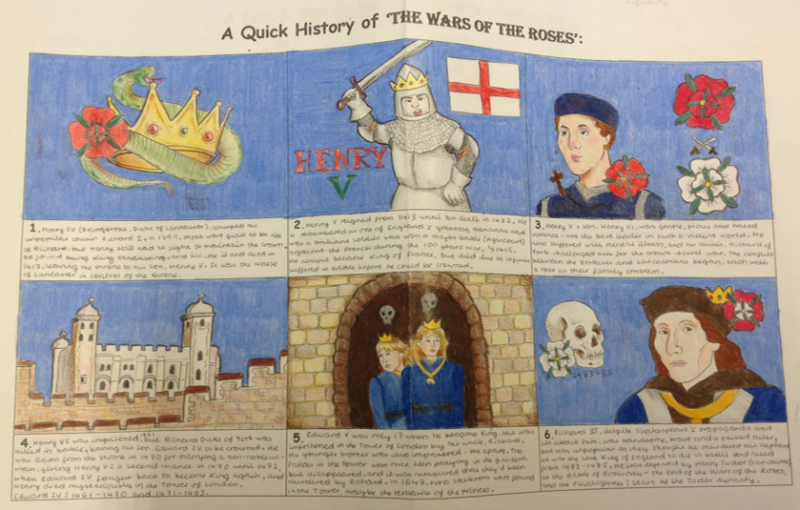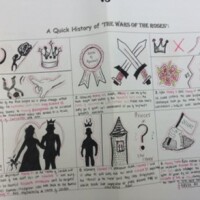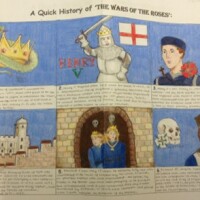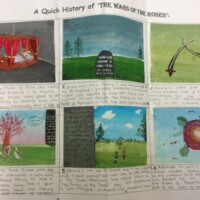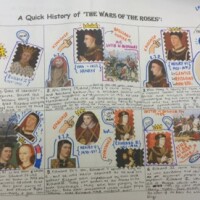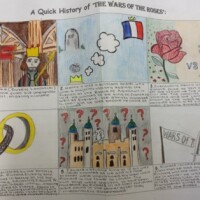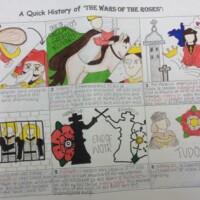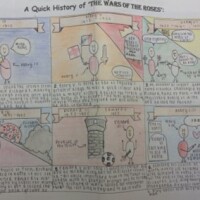13 October 2022
The Wars of the Roses
Battle. Bloodshed. Betrayal....And that’s just in the classroom.
It’s safe to say that the duration of the Wars of the Roses was a tumultuous 30 years, featuring sporadic conflict which witnessed some of the most monumental battles, such as the Battle of Bosworth (1485), and resulted in the end of the Plantagenets and beginning of the infamous Tudor dynasty. It also gave way to the great unknown of the mystery-shrouded “Princes in the Tower”, as well as their notorious and - according to Shakespeare - villainous hunchback uncle, Richard III. Remarkably, it seems that only three names existed in the 15th Century; Edward, Henry and Richard, which somewhat adds to the confusion of an already complex and convoluted tale.
Our story is one of violence and usurpation; cousins turning on cousins, uncles turning on nephews, and right at the very core of it all, a struggle for the ultimate power: control of the throne of England. Lancastrians versus Yorkists. Red rose versus white. The five monarchs between 1422 and 1485 were individually very different rulers (therefore contributing to their varying degrees of success), spanning from immense warriors such as the fearsome King Henry V and Edward IV, to the meeker, pious Henry VI, or the cunning and shrewd Henry Tudor (King Henry VII). There were deaths, depositions, imprisonment, and yet even more deaths.
A truly exciting, incredibly interesting history to learn, which, despite its complexity, I am glad to say we have managed to compact into the six most pivotal moments in our cartoon strips. We utilised illustrations alongside the text to better comprehend the chronology of the story, thus obtaining a more thorough understanding of the events of the Wars of the Roses, however shocking (and perhaps reminiscent of a melodramatic soap-opera) they may be…
Braeagh, Year 12
From hand-painted pictures to monochrome sketching, the standard has been set exceptionally high this year, with just a few examples here to share. Miss Davies, A Level History Teacher (Paper 2)




